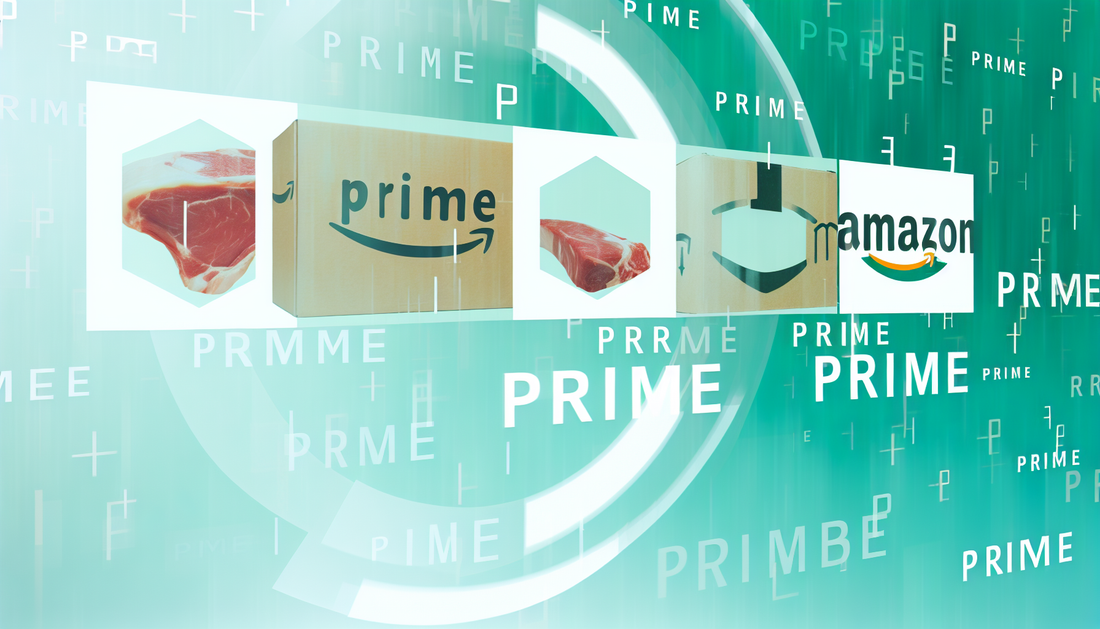
Is PRIME the Next Big Crypto Scam?
Share
Is PRIME a Scam?
In the ever-evolving world of cryptocurrency, investors frequently encounter new assets, each promising unique advantages. Among these is PRIME. However, with the increasing prevalence of fraudulent crypto ventures, potential investors must exercise vigilant scrutiny. Thus, the pertinent question is whether PRIME is a legitimate investment or a potential scam.
PRIME's appeal often stems from its claim to offer innovative blockchain solutions, capturing the interest of the crypto community. Shrouded in various complexities, determining the legitimacy of such a digital asset involves a thorough analysis of its core offerings, developer backing, and market behavior.
Many cryptos, such as XAI and TIAK, have faced similar scrutiny. These assets incorporate decentralized governance and tokenomics innovations [XAI's Innovative Tokenomics](https://bestdapps.com/blogs/news/unpacking-xais-innovative-tokenomics) to create unique market propositions. Aspiring projects, including PRIME, often follow similar playbooks to cement their position in this competitive landscape.
The pressing issue that often arises is the clarity of PRIME's developmental intentions and roadmap. Legitimate assets generally present clear, transparent plans for developmental progress and allocate resources to specific project milestones. In contrast, speculative ventures lack this transparency, which serves as a significant red flag for investors.
PRIME's legitimacy could be further assessed by examining developer activity on platforms such as GitHub, where developmental updates and community engagements are public. This visibility often correlates with the project's transparency and the likelihood of its long-term success.
Another critical aspect of assessment pertains to market liquidity and trading volumes. Genuine projects generally maintain higher liquidity, making assets easier to trade. Reduced liquidity may indicate limited market interest or manipulation, issues prevalent in unscrupulous schemes. Additionally, developers of such projects may use marketing gimmicks to inflate perceived value, distancing themselves from underlying technology promises.
While certain signs of legitimacy can be found elsewhere, such as [TIak's Innovation](https://bestdapps.com/blogs/news/meet-the-visionaries-behind-tiaks-innovation), discerning scams from legitimate projects requires user caution, supported by wider research.
Potential investors are advised to evaluate PRIME using available resources and exercise common cautionary practices, such as reviewing developer credentials, peer-validation, and technology assessments, to avoid falling victim to scams.
Leveraging platforms like [Binance](https://accounts.binance.com/register?ref=35142532) can provide additional security layers when engaging with cryptocurrencies. This approach, combined with an active participation in community discussions, provides invaluable insights into an asset's potential legitimacy, ensuring informed investment decisions.
